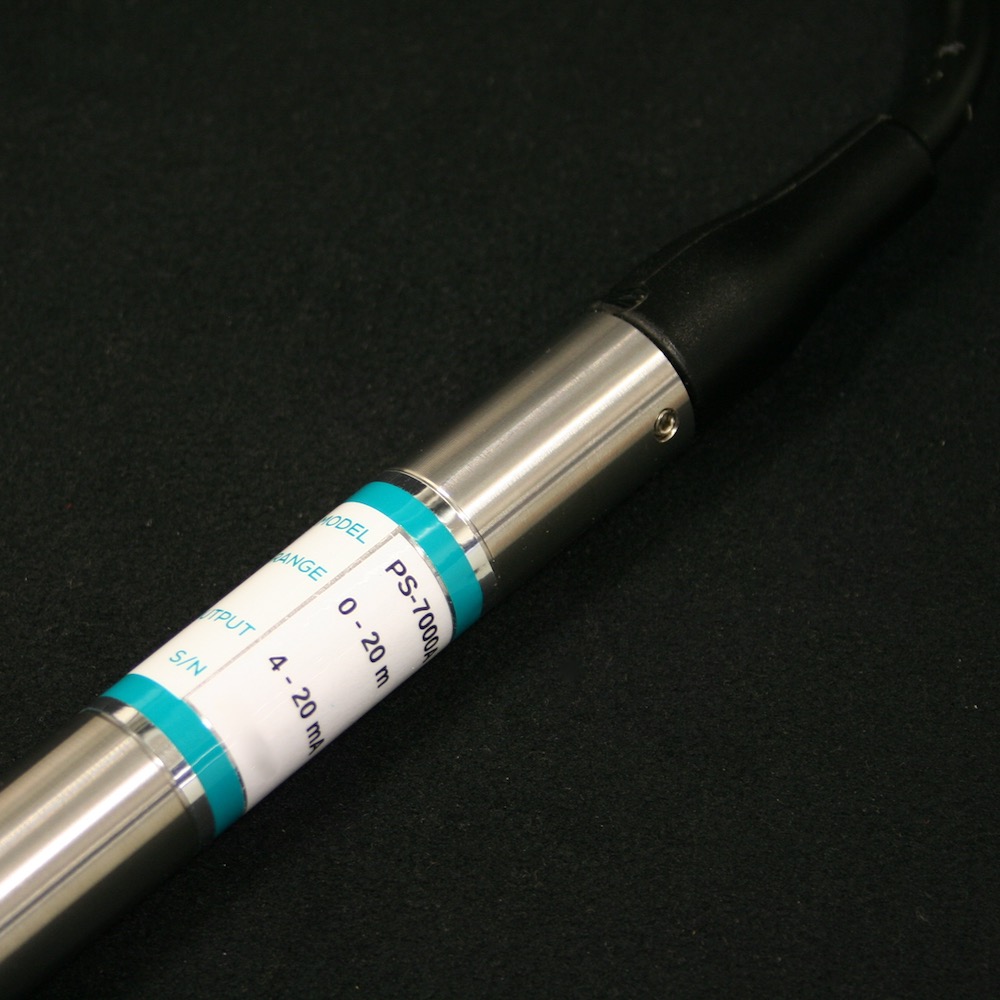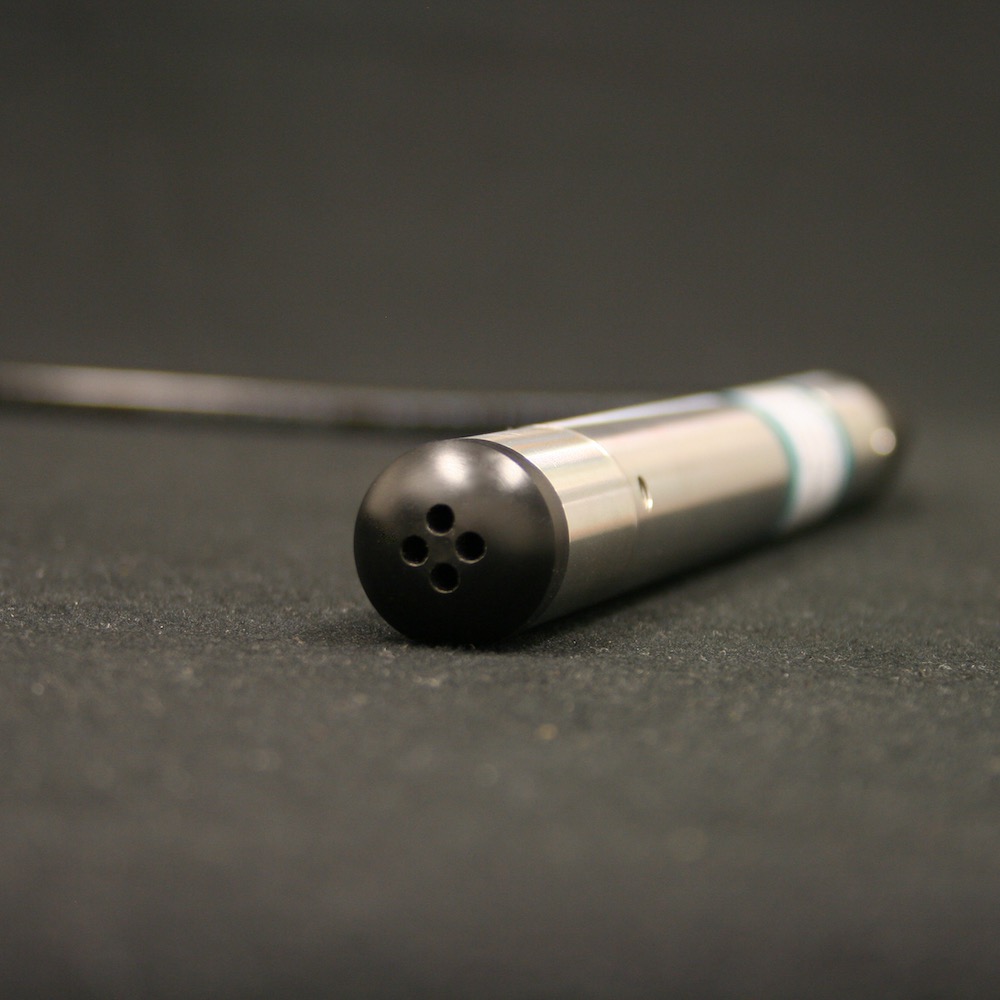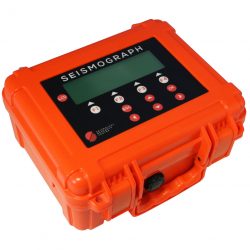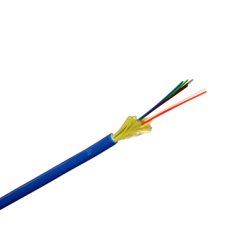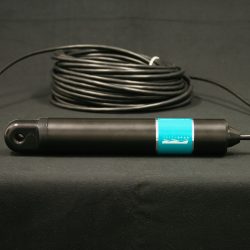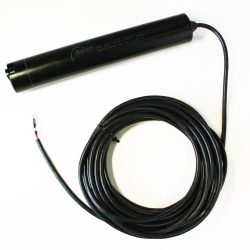Description
PS-7000A Stainless Steel Water Pressure Level Sensor
The PS-7000A is an Australian made submersible pressure sensor level sensor, designed for water level measurement.
As standard, the PS-7000A has a 2-wire, loop-powered, 4-20mA output. An option for 0-2.5Vdc is also available. With such versatility, the PS-7000A is suitable for a wide range of data loggers, process controllers, and other third-party devices.
Durability and robustness were at the forefront of the PS-7000A design. As such, tough 316 stainless steel comprises the 22mm diameter body. Combined with a ceramic capacitance transducer and double O ring seal the PS-7000A endures the harshest environments.
The pressure sensor level sensor comes fitted with a moulded polyurethane cable. Various gauge (vented) or absolute (non vented) pressure ranges are available. Gauge sensors utilize a closed vent system (CVS) – this provides barometric pressure venting of the sensor, without the need to continually replace the desiccant. An optional SDI-12 adapter can provide a level and temperature output for external controllers or data loggers.
The PS-7000A includes the ability to re-range the sensor as well as adjust the fluid density and gravity to suit specific applications.
The PS-7000A sensors are assembled and tested in accordance with Greenspan’s ISO 9001 Quality Certified System
Specifications
Measurement Technique: ½” ceramic capacitance transducer
Ranges Available
Gauge: 2.5, 5, 10, 20, 40, 75, 100m
Absolute: 20, 40, 75, 100m
Sensor Output: 4-20mA or 0-2.5V
Closed Vent System (CVS): CVS required for Gauge sensors
Power Supply: 8-30V DC (loop powered)
Dimensions: 278mm x 22mm (11” x 0.86
PS-7000A water level pressure sensor theory
The PS-7000A Pressure Sensor utilises a ceramic-based, capacitive element as the transducer. This incorporates active electronics as an integral part of the transducer substrate to enhance reliability and accuracy. Force applied to the ceramic element, due to the water pressure, deforms its shape. The electronic measure the deformation caused by the change in capacitance. The inherently stability and toughness of the ceramic ensures the repeatability and long term accuracy of the readings, even in harsh field conditions. The on board microprocessor converts the transducer output voltage to a digital signal and also measures the transducer temperature. This information is used to temperature compensate the sensor over the range 0 – 50°C. The result is converted to an analogue output of typically 4-20mA.

